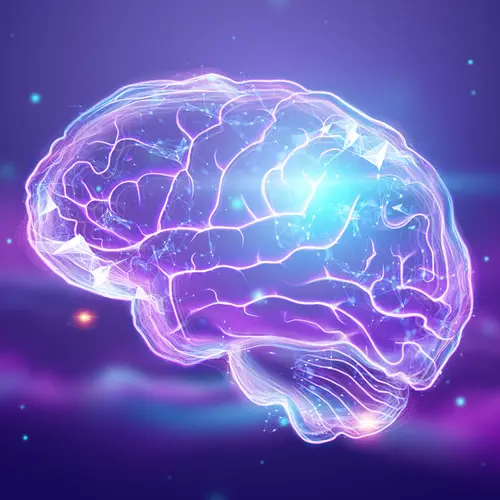How Are Absence Seizures Diagnosed?
If a seizure condition such as absence seizures is suspected, the doctor will begin by taking a thorough medical history, including information on any birth trauma, serious head injury, or infections of the brain such as encephalitis or meningitis.
Brain function can be "viewed" with an electroencephalograph, or EEG, which detects the electrochemical relay of information from brain cell to brain cell. EEGs will show characteristic, abnormal patterns during different types of seizures, including very specific findings in absence seizures. In addition, X-rays, CT scans, and MRIs of the head can help rule out specific causes of seizures.
What Are the Treatments for Absence Seizures?
Fortunately, most children -- about 70% -- outgrow absence seizures by the time they are teenagers, especially if the seizures developed before age 9. Until then, if the problem is severe or interfering with the child's social or academic growth, anti-seizure drugs, such as valproic acid, ethosuximide (Zarontin), or lamotrigine (Lamictal) can help control symptoms. Although most children who develop seizures of this type have experienced normal growth and development, there is a somewhat higher frequency of behavioral and educational problems with these children.
How Can I Prevent Absence Seizures?
There is no way to prevent absence seizures, because most cases have no known cause.

